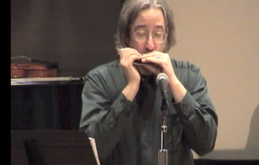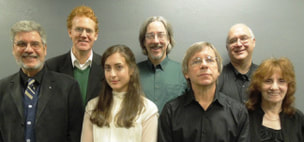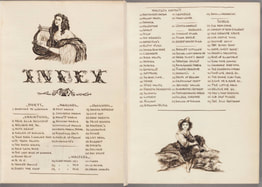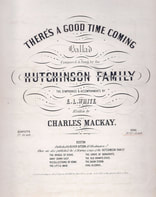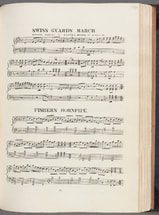"...The Red Skies Music Ensemble has created in their program a captivating experience of Emily Dickinson’s everyday musical world. Their evidence and musical selections reveal the young poet as an accomplished pianist attentive not just to hymnody and the classical repertoire, but also to ballads, marches, jigs, and political tunes – in fact, the whole of 19th-century popular music.” Jane Wald, Executive Director, Emily Dickinson Museum
Emily Dickinson: Accomplished Musician, Emerging Poet
Copyright 2024 George Boziwick and Trudy Williams. The Red Skies Music Ensemble: Co-founded in 2010 by George Boziwick and Trudy Williams
